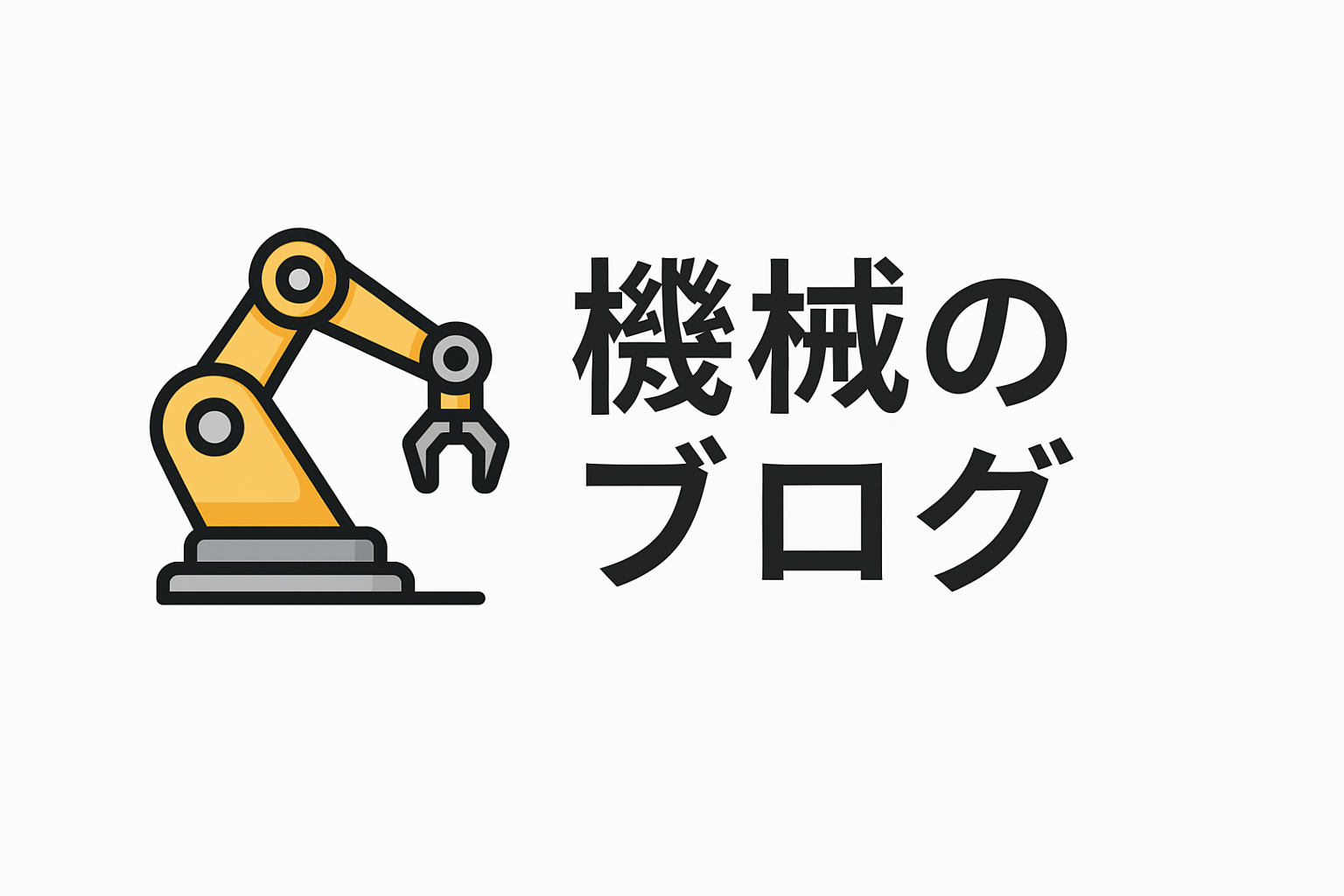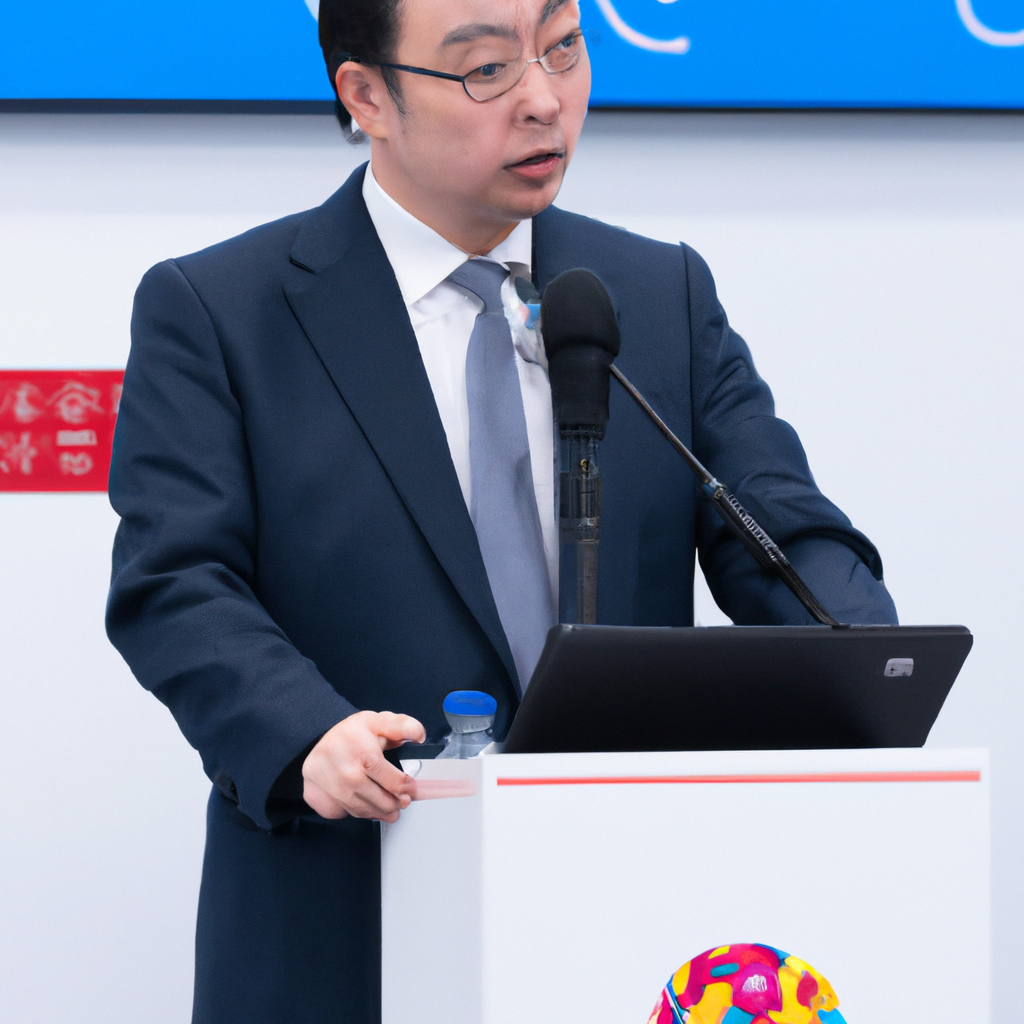Metaverse Manufacturing Innovation Webinar
The manufacturing industry is on the brink of a significant transformation, driven by technological advancements that promise to reshape how production processes are designed, managed, and executed. One of the most exciting developments in this space is the application of the metaverse—a virtual-reality space where users can interact with a computer-generated environment and other users. Our upcoming webinar, “Metaverse Manufacturing Innovation,” aims to explore how this digital frontier can revolutionize manufacturing operations. Join us as we delve into the potential of the metaverse in creating more efficient, agile, and sustainable manufacturing systems.
Section 1: Understanding the Metaverse in Manufacturing
The term “metaverse” has gained significant attention across various industries, but what does it mean for manufacturing? At its core, the metaverse combines augmented reality (AR), virtual reality (VR), and blockchain technologies to create immersive digital environments where users can perform tasks traditionally done in the physical world. For manufacturers, the metaverse offers a platform for virtual prototyping, collaborative design, and remote operations, potentially reducing costs and time-to-market while increasing innovation.
In the context of manufacturing, the metaverse can serve as a digital twin of a factory, enabling real-time monitoring and simulation of production processes. This virtual environment allows for the testing of new manufacturing techniques and the optimization of existing workflows without disrupting ongoing operations.
Section 2: The Role of AR and VR in Manufacturing
Augmented Reality (AR) and Virtual Reality (VR) are integral components of the metaverse, providing manufacturers with powerful tools to enhance productivity and safety. AR overlays digital information onto the physical world, assisting workers with real-time data visualization, guided instructions, and remote assistance. This can lead to improved accuracy and efficiency in complex assembly processes or maintenance tasks.
On the other hand, VR immerses users in a fully virtual environment, enabling them to conduct simulations and training without physical constraints. For example, VR can facilitate training sessions for new employees, allowing them to practice skills in a risk-free virtual setting before applying them on the shop floor. By integrating AR and VR, manufacturers can create a comprehensive digital ecosystem that supports every aspect of production.
Section 3: Enhancing Collaboration Through the Metaverse
The metaverse offers unprecedented opportunities for collaboration among teams, suppliers, and stakeholders. By leveraging virtual environments, geographically dispersed teams can work together seamlessly on product development and design. This not only accelerates the innovation cycle but also ensures that all parties are aligned on project goals and specifications.
Furthermore, the metaverse can host virtual trade shows and exhibitions, allowing manufacturers to showcase their products and capabilities to a global audience without the logistical challenges of physical events. This opens up new avenues for networking, partnership building, and customer engagement, expanding the reach and influence of manufacturing firms.
Section 4: Implementing Digital Twins in Manufacturing
Digital twins represent a critical application of the metaverse in manufacturing. These virtual replicas of physical assets, processes, or systems enable manufacturers to simulate and analyze performance under various conditions. By creating a digital twin of a production line, for instance, manufacturers can experiment with different configurations to identify the most efficient setup.
Digital twins also facilitate predictive maintenance by monitoring equipment health and predicting potential failures before they occur. This proactive approach can significantly reduce downtime and maintenance costs, leading to more reliable and sustainable operations. As the metaverse evolves, digital twin technology will become increasingly sophisticated, offering deeper insights and control over manufacturing processes.
Section 5: Overcoming Challenges and Embracing Opportunities
While the metaverse presents numerous opportunities for manufacturing innovation, it also poses challenges that must be addressed. Data security and privacy are paramount, as the integration of digital technologies can expose sensitive information to cyber threats. Manufacturers must implement robust cybersecurity measures to protect their digital assets and ensure compliance with industry regulations.
Additionally, the adoption of metaverse technologies requires significant investment in infrastructure and training. Manufacturers must evaluate the cost-benefit ratio and develop a strategic roadmap for implementation. However, the long-term benefits of increased efficiency, reduced costs, and enhanced innovation make the metaverse a compelling investment for forward-thinking manufacturers.
Conclusion
The “Metaverse Manufacturing Innovation Webinar” is an opportunity for manufacturing professionals to gain insights into how the metaverse can transform their industry. By embracing AR, VR, and digital twin technologies, manufacturers can unlock new levels of efficiency, collaboration, and sustainability. As we explore the potential of the metaverse, it is crucial to address the challenges and seize the opportunities it presents, paving the way for a new era of manufacturing excellence. Join us in this exciting journey and be a part of the future of manufacturing.
Register now for the webinar and learn how to harness the power of the metaverse to drive innovation and growth in your manufacturing operations.

